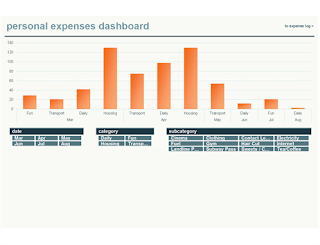A company can determine the expected ROI (Return on Investment) of an investment by using financial analysis. Here are some steps a company can take to calculate the expected ROI of an investment:
1. Estimate the Investment Costs:
The company should estimate the total costs associated with the investment, including the initial investment, ongoing expenses, and any other costs associated with the investment.
2. Estimate the Investment Returns:
The company should estimate the total returns associated with the investment, including the revenue generated by the investment, any cost savings resulting from the investment, and any other benefits associated with the investment.
3. Calculate the Net Income:
The company should subtract the total investment costs from the total investment returns to calculate the net income associated with the investment.
4. Divide Net Income by Investment Costs:
The company should divide the net income by the total investment costs to calculate the ROI.
For example, if a company invests $100,000 in a project and expects to generate $120,000 in revenue, the net income would be $20,000 ($120,000 - $100,000). The ROI would be 20% ($20,000 ÷ $100,000).
It's important to note that this is a simplified example and that calculating the expected ROI of an investment can be much more complex, particularly when there are multiple sources of revenue and expenses. Therefore, it's important for companies to conduct a thorough financial analysis to accurately estimate the expected ROI of an investment.
